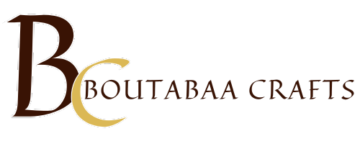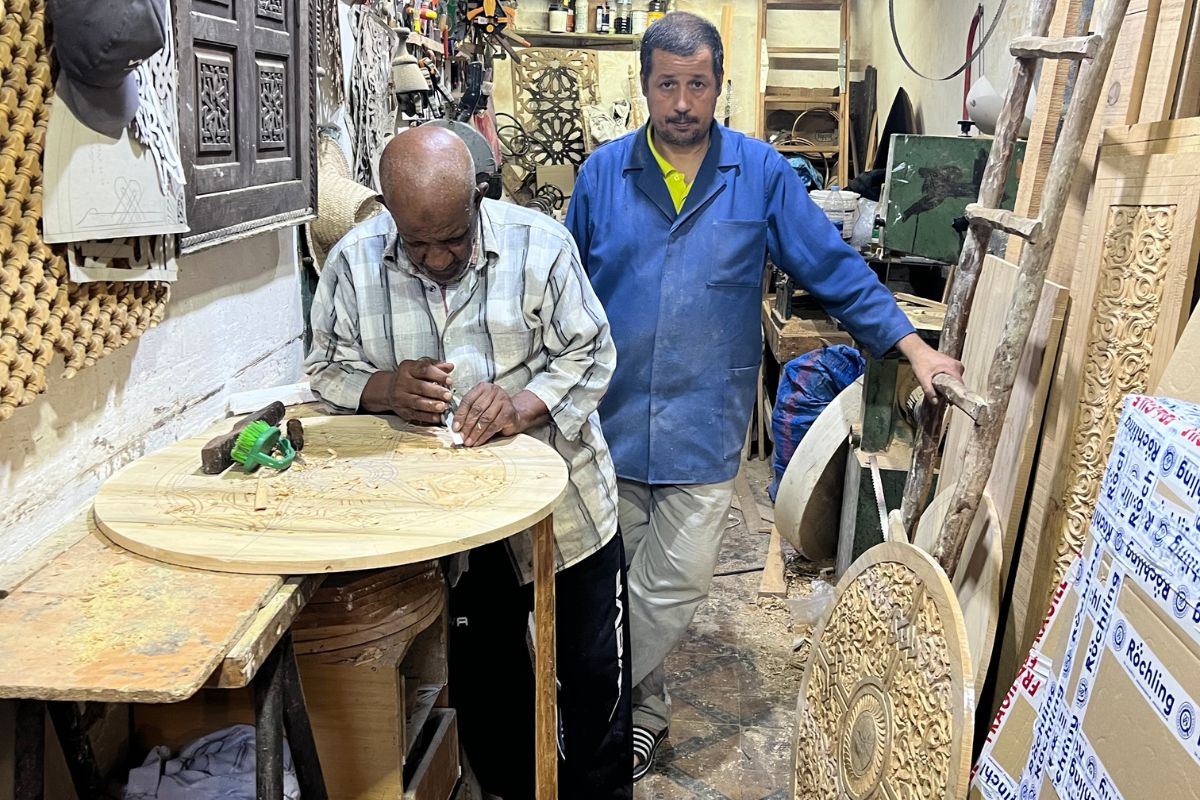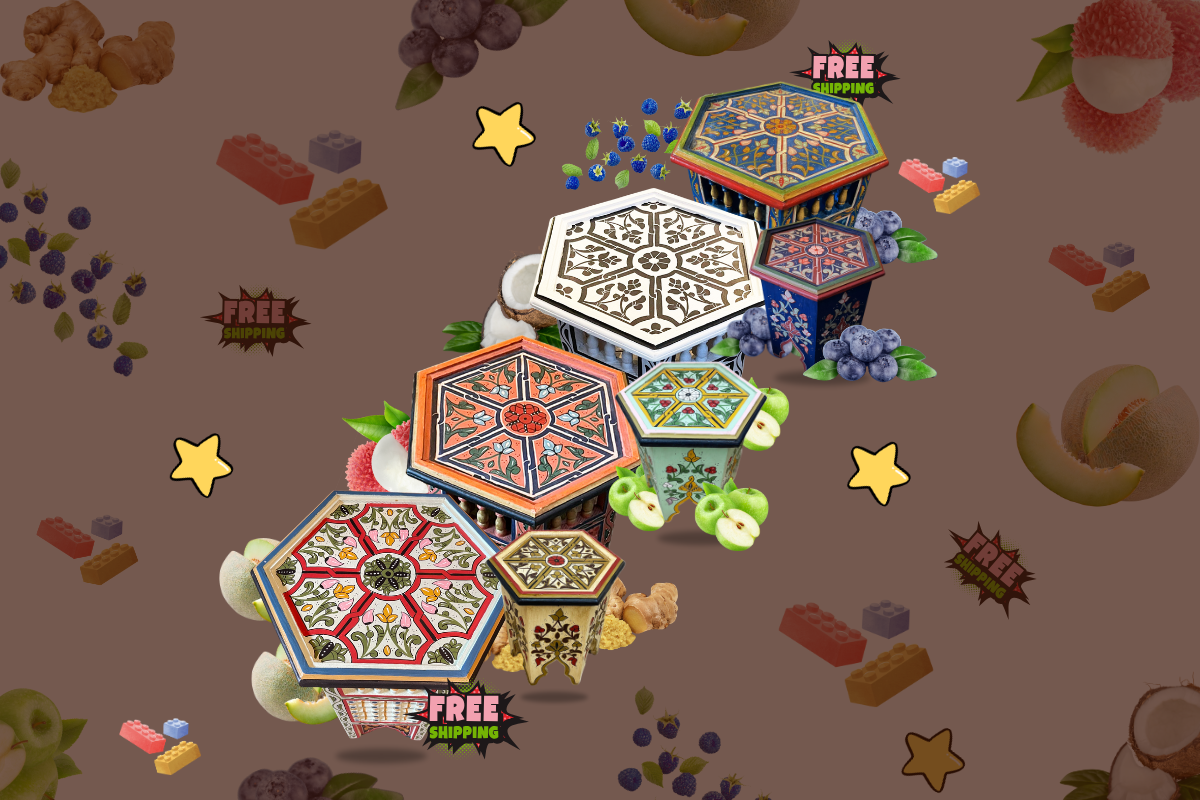Why Moroccan Leather Still Matters (And Why It’s Worth Every Penny)
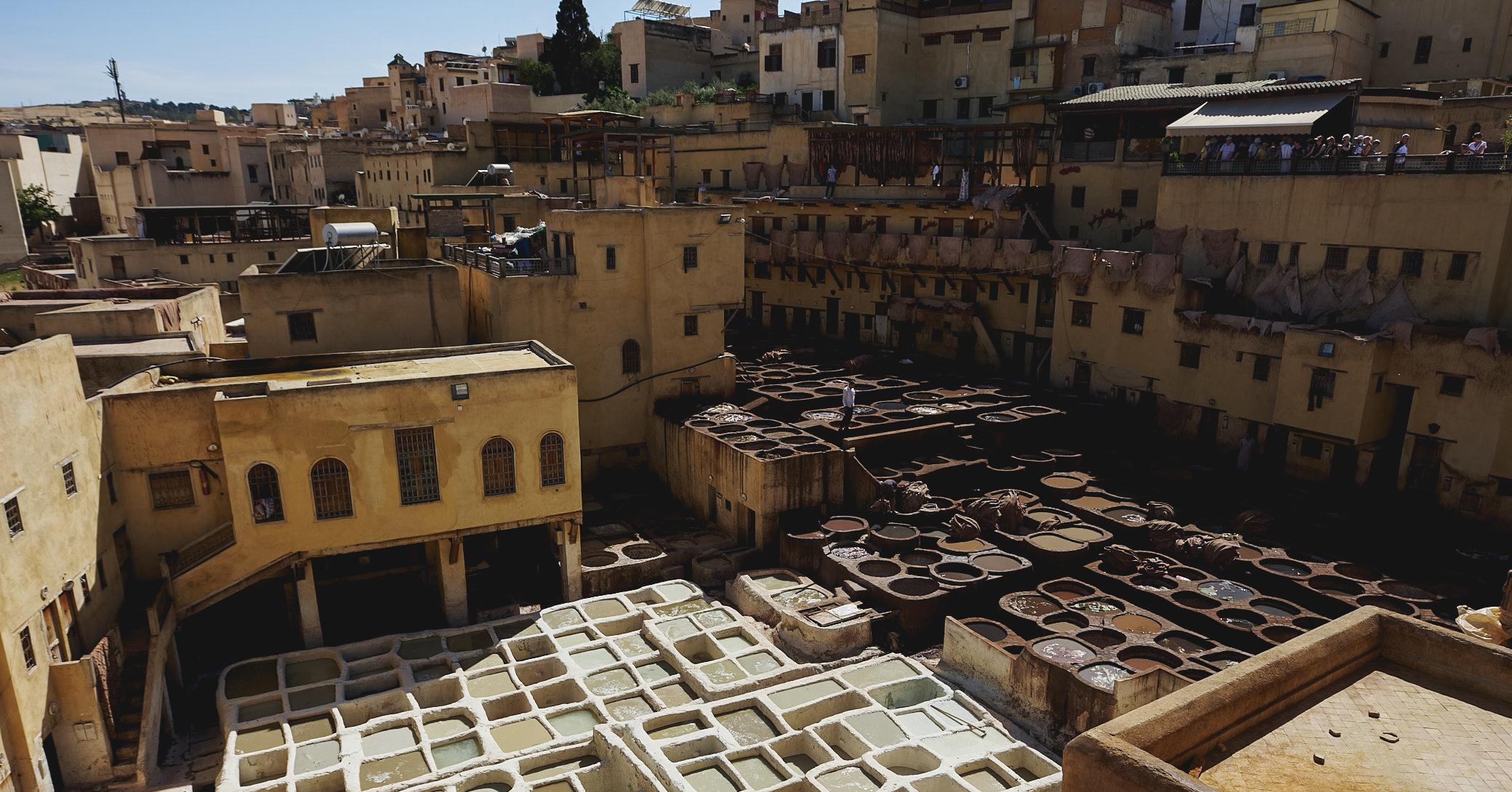
What Is Moroccan Leather?
Moroccan leather is not just a material—it’s a piece of living history. Known for its softness, rich aroma, and deep colors, it’s crafted using a process that dates back over 1,000 years in the ancient city of Fez.
The Ancient Tannery of Fez
At the heart of Fez lies the Chouara tannery, the oldest working tannery in the world. Walk through the winding souk and you’ll smell it before you see it—a bold mix of natural dyes, animal hide, and history.
Inside, artisans like Adil still follow the 11th-century tanning tradition. They soak goat and sheep hides in a mix of salt water, cow urine, and natural acids. Harsh, yes—but it breaks down fat and hair, prepping the hides for transformation.

Labor of Love (and Pain)
Adil spends hours each day scraping hides by hand, often bare-handed, risking chemical burns and long-term injuries. His father warned him, but Adil couldn’t walk away from what he calls a legacy. This dedication is what sets Moroccan leather apart—crafted not just by hand, but with soul.
The Secret Ingredient? Time and Craft
After washing and sun-drying, the hides are softened in pigeon droppings—yes, really. Then they’re stretched, washed again, and handed off to artisans like Mohamed, who turn them into bags, belts, and Moroccan poufs that last decades.
Each pouf, bag, or shoe is more than a product. It's a week (or more) of manual labor, careful design, and centuries-old techniques. You’re not just buying leather. You’re buying history.
Why It Costs More—And Why It’s Worth It
Moroccan leather isn’t cheap. But here’s why: the tanning takes days, the labor is intense, and the tools are basic. Yet the result is a product with durability and beauty unmatched by mass production. It wears in—not out.
Think about it: synthetic materials may be cheaper, but they can’t carry centuries of craft. Moroccan leather does. Just ask the travelers who’ve visited Fez and still carry the wallet they bought there years later.
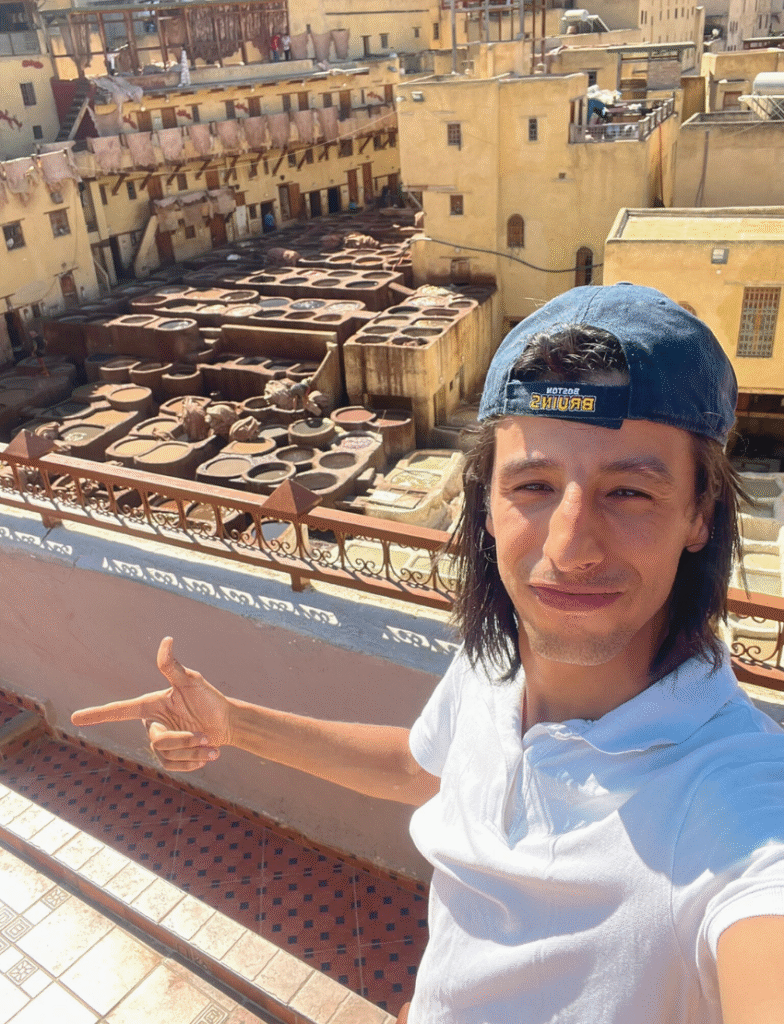
Add It to Your Home: Moroccan Poufs
If you're curious to bring this legacy into your home, Moroccan poufs are the perfect start. They're made from real leather, hand-stitched by craftsmen like Mohamed, and can be filled to your comfort.
Explore Our Moroccan Poufs Collection
Each one supports artisans and keeps this fragile tradition alive.
FAQ: Moroccan Leather
Genuine Moroccan leather is traditionally made from goat or sheep skin and tanned using ancient methods that include natural ingredients like salt water, pigeon droppings, and natural dyes.
Because it’s handmade, the tanning process is time-intensive and labor-heavy. Artisans work with minimal machinery, and every piece takes days of work, making the leather more durable and unique.
It can be. Traditional methods use natural ingredients rather than synthetic chemicals. However, the harsh conditions for artisans raise ethical concerns.
With proper care, Moroccan leather goods like poufs and bags can last for decades, growing softer and richer with age.
We recommend purchasing directly from artisan-based shops like Boutabaa Crafts to ensure authenticity and support ethical craftsmanship.
Post Categories
- All
- Carving & Painting Techniques
- Cultural Travel in Morocco
- Culture and Society
- Handicrafts & Techniques
- Home Improvement
- Interior Design Inspiration
- Leather & Tannery Traditions
- Moroccan Coffee Tables
- Moroccan Furniture
- Places to Visit
- Travel
- Zellige Tile & Mosaic
